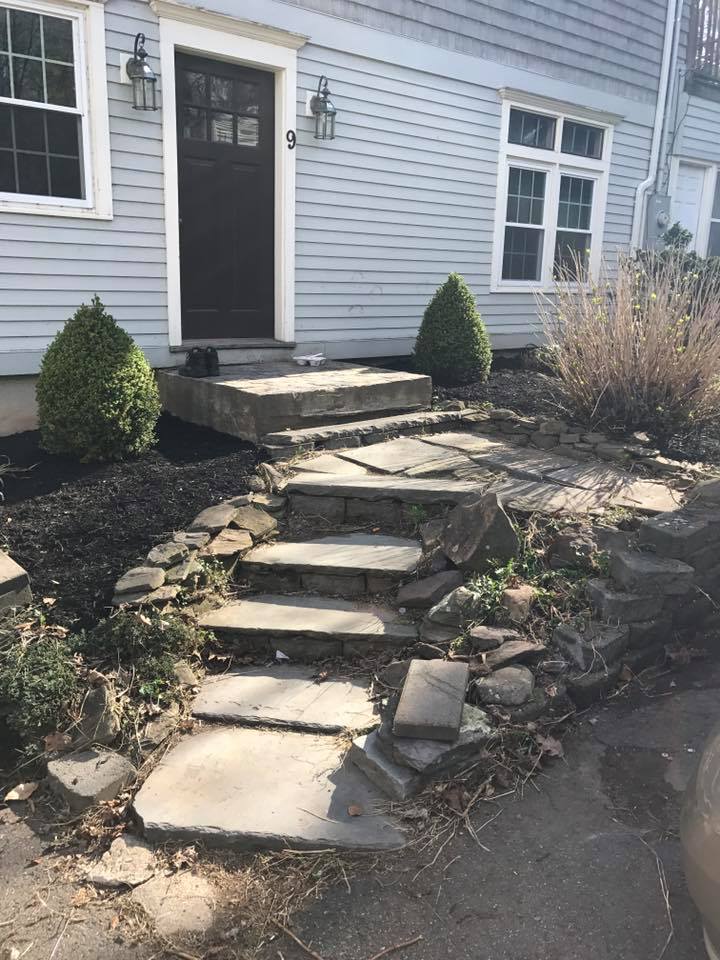
Expert Tips on Choosing the Right Plants for Your Landscape Sep 28, 2025
Before you embark on planting, it's essential to assess your landscape’s specific conditions. Different plants thrive under different circumstances, so understanding your environment will set the stage for success. Consider factors such as sunlight exposure, soil type, and climate. If your yard receives ample sunlight throughout the day, sun-loving plants will flourish. Conversely, if part of your garden is shaded, look for shade-tolerant varieties that can thrive in low-light conditions. Addressing these elements early on will help you avoid common mishaps and ensure long-term growth.
Strategically planning your landscape layout can dramatically improve its visual appeal and functionality. Think about how different plant sizes and shapes will complement each other. Larger plants should be placed towards the back of a garden bed or in spots where they won’t obstruct views or sunlight for smaller plants. Creating layers by using a variety of heights and colors can add depth and interest. Moreover, incorporating hardscaping elements such as rocks or decorative stones can provide a cohesive and structured look that enhances natural beauty.
Selecting native plants can significantly reduce maintenance while supporting local ecosystems. Native species are naturally adapted to local weather and soil conditions, which often means they require less water and fewer resources to thrive. They also attract local wildlife such as butterflies and bees, promoting biodiversity. The key is to choose plants that will thrive with the least amount of effort. Consult with local nurseries or landscaping experts like KMK Property Maintenance to discover which native plants are best suited for your area.
Sustainability should always be a consideration in landscape design. Low-maintenance plants that are drought-resistant can be a wise choice, especially in areas prone to water shortages. These plants not only conserve water but also reduce the need for regular watering, saving you time and resources. Think about incorporating a mix of perennials, which return year after year, and annuals, which can add seasonal color to your landscape.
To create a harmonious outdoor space, pay attention to the color palette and texture of your plants. Choosing plants that bloom at different times of the year ensures that your garden remains vibrant and colorful through the seasons. Texture also adds another layer of interest—combine plants with different leaf shapes and surfaces to create a dynamic visual experience. Whether it’s the feathery leaves of ferns or the bold, broad leaves of hostas, textures can turn a simple garden into a visual masterpiece.
Finally, remember that the right plants ultimately hinge on your personal preferences and how you intend to use your outdoor space. Consider not only the look and care requirements but also how you wish to interact with your landscape. For those who enjoy alfresco dining, fragrant plants could provide a delightful backdrop. If relaxation is the goal, consider calming greens and gentle, swaying grasses.
Choosing the right plants is a vital step in crafting a landscape that is not only stunning but also practical and sustainable. At KMK Property Maintenance, we believe in creating outdoor spaces that embody natural beauty while respecting the environment. Armed with these expert tips, you’re well on your way to a landscape that reflects both your style and the unique characteristics of your property.
/filters:no_upscale()/media/2445556d-c9df-4fa6-801b-3e9ba7a6004f.jpeg)
/filters:no_upscale()/filters:format(webp)/media/dece4eb5-a961-4380-b791-2a6b1d09f20b.jpeg)